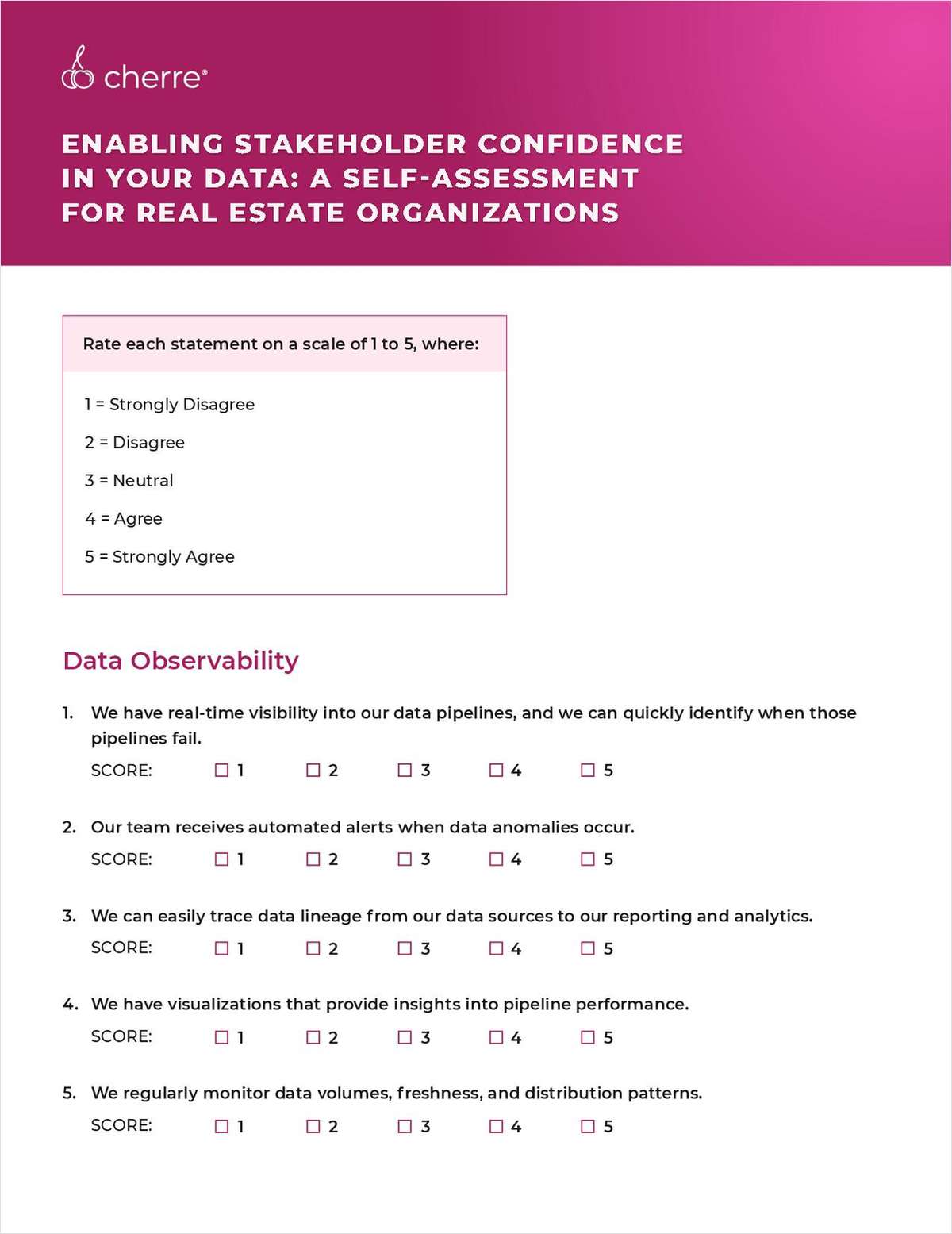CHICAGO—The Chicago area industrial market is in the midst of perhaps the most sustained boom in its history. Buoyed by the post-recession economy, as well as the extra boost in demand caused by e-commerce, the region has experienced years of positive absorption without any setbacks.
Not surprisingly, investors of all kinds have decided to park their capital in and around the city, buying up not just the sparkling new distribution facilities, but also well-located older product that still attracts high-credit tenants. However, a few trends have emerged that may cause some investors to shy away, and perhaps head to secondary or tertiary markets in search of higher yields.
“People are becoming a little nervous,” Michael Marconi, principal and managing broker for Transwestern, tells GlobeSt.com. Rent growth, for example, after several years of robust gains, seems to have plateaued sometime in mid-2015. According to a just-published report by the firm, overall average rental rates remained at $5.54 in the third quarter. That is the highest amount ever, but it's unlikely to grow much in the near future, especially with so much new product hitting the market.
“A lot of the new developments that are coming online are not significantly pre-leased,” Marconi adds. And vacancy has already started to rise. In the third quarter the rate went up 40 bps to 6.6%, the second consecutive quarter that the rate had increased.
Sandy McDonald, Transwestern's director of market research, says developers have finished 23.2 million square feet of new buildings just this year. And the construction boom will continue. Currently, developers have another 13.4 million square feet in the pipeline, not including the projects on which they haven't broken ground.
These trends may change the makeup of investors interested in the Chicago market. “The longtime investors that know the area are going to cash out for higher returns and go to tertiary markets,” McDonald says. And Chicago is already “seeing foreign investors come in.” Last year, foreign buyers accounted for 8% of the region's investment volume, and so far in 2017, their share is up to 12%. And that “may increase further by year end depending on the number of transactions and sizes of those transactions.”
None of this means either Marconi or McDonald expect to see Chicago hit a downturn. In fact, both believe the region will continue to attract a strong roster of investors and tenants. The tremendous need for new distribution buildings, and the central role Chicago plays in the nation's transportation system, will help see to that. Even the many millions of square feet of new inventory coming online won't derail the market.
“The buildings will get filled,” Marconi says. One of the reasons he predicts the market will remain steady is that development was tempered during this latest expansion. And that ensures supply and demand won't get too far out of line. “People may be cautious about taking the next big land position,” but with such sound fundamentals, if the right piece of land, at the right price, comes up for a bid, it should attract a good number of buyers.
“It's still a stable market,” says McDonald, “and banks still want to lend for projects in Chicago, especially industrial.”
CHICAGO—The Chicago area industrial market is in the midst of perhaps the most sustained boom in its history. Buoyed by the post-recession economy, as well as the extra boost in demand caused by e-commerce, the region has experienced years of positive absorption without any setbacks.
Not surprisingly, investors of all kinds have decided to park their capital in and around the city, buying up not just the sparkling new distribution facilities, but also well-located older product that still attracts high-credit tenants. However, a few trends have emerged that may cause some investors to shy away, and perhaps head to secondary or tertiary markets in search of higher yields.
“People are becoming a little nervous,” Michael Marconi, principal and managing broker for Transwestern, tells GlobeSt.com. Rent growth, for example, after several years of robust gains, seems to have plateaued sometime in mid-2015. According to a just-published report by the firm, overall average rental rates remained at $5.54 in the third quarter. That is the highest amount ever, but it's unlikely to grow much in the near future, especially with so much new product hitting the market.
“A lot of the new developments that are coming online are not significantly pre-leased,” Marconi adds. And vacancy has already started to rise. In the third quarter the rate went up 40 bps to 6.6%, the second consecutive quarter that the rate had increased.
Sandy McDonald, Transwestern's director of market research, says developers have finished 23.2 million square feet of new buildings just this year. And the construction boom will continue. Currently, developers have another 13.4 million square feet in the pipeline, not including the projects on which they haven't broken ground.
These trends may change the makeup of investors interested in the Chicago market. “The longtime investors that know the area are going to cash out for higher returns and go to tertiary markets,” McDonald says. And Chicago is already “seeing foreign investors come in.” Last year, foreign buyers accounted for 8% of the region's investment volume, and so far in 2017, their share is up to 12%. And that “may increase further by year end depending on the number of transactions and sizes of those transactions.”
None of this means either Marconi or McDonald expect to see Chicago hit a downturn. In fact, both believe the region will continue to attract a strong roster of investors and tenants. The tremendous need for new distribution buildings, and the central role Chicago plays in the nation's transportation system, will help see to that. Even the many millions of square feet of new inventory coming online won't derail the market.
“The buildings will get filled,” Marconi says. One of the reasons he predicts the market will remain steady is that development was tempered during this latest expansion. And that ensures supply and demand won't get too far out of line. “People may be cautious about taking the next big land position,” but with such sound fundamentals, if the right piece of land, at the right price, comes up for a bid, it should attract a good number of buyers.
“It's still a stable market,” says McDonald, “and banks still want to lend for projects in Chicago, especially industrial.”
Want to continue reading?
Become a Free ALM Digital Reader.
Once you are an ALM Digital Member, you’ll receive:
- Breaking commercial real estate news and analysis, on-site and via our newsletters and custom alerts
- Educational webcasts, white papers, and ebooks from industry thought leaders
- Critical coverage of the property casualty insurance and financial advisory markets on our other ALM sites, PropertyCasualty360 and ThinkAdvisor
Already have an account? Sign In Now
*May exclude premium content© 2024 ALM Global, LLC, All Rights Reserved. Request academic re-use from www.copyright.com. All other uses, submit a request to [email protected]. For more information visit Asset & Logo Licensing.









